By Louise Irvine
The spirit of American independence is captured in Royal Doulton’s prestigious Soldiers of the Revolution collection which was produced to celebrate the Bicentennial of the United States in 1976. With the Declaration of Independence in 1776, the 13 North American colonies threw off British rule to establish the United States of America. The US War of Independence, also known as the American Revolution, was fought against Great Britain between 1775 and 1783.
The Revolutionary War soldiers from the thirteen original states were portrayed by Royal Doulton in their regimental attire. Art Director, Eric Griffiths, spent six years developing the collection in association with the Colonial Williamsburg Foundation. The soldiers’ uniforms and weaponry were researched exhaustively, right down to the kind of buttons on the coats, and then verified as accurate by military historians. The rank of the soldiers has been indicated in their authentic uniforms for instance the Major of the 3rd New Jersey Regiment wears a red and white cockade in his hat and the Corporal in the 1st New Hampshire Regiment has an epaulette on his right shoulder. On his feet, he wears moccasins as shoes were often not available.
In some states, uniforms were not issued to the enlisted men who wore a combination of civilian clothes and hunting shirts. The Private in the 3rd North Carolina regiment wears a linen shirt and overalls and his standard campaign equipment is on his back including a blanket roll, haversack, canteen, cartridge box, and bayonet. Georgia was the last of the 13 states to be settled and the most sparsely populated so supplies were short for uniforms and weaponry. Fortunately, the Private in the 1st Georgia Regiment holds a captured British musket in his hand, more effective than the tomahawk on his hip.
Many of the weapons were cast in metal. For example, the Private of the 2nd South Carolina Regiment holds a Brown Bess musket, the Corporal in the New Hampshire Regiment has a French model 1763 musket, and the Sergeant of the 6th Maryland Regiment wears a sword indicating his rank. The Captain in the 2nd New York Regiment carries a spontoon, also known as a half-pike. Foot officers bore the spontoon as a standard weapon and were encouraged by General George Washington to practice frequently with it for combat. Gradually the musket replaced the pike as the primary weapon.
The Private in the Rhode Island Regiment is represented as an African American soldier. Rhode Island was the smallest of the states and had difficulty meeting recruitment quotas. Over a four-month period in 1778, black soldiers gained immediate emancipation in exchange for enlisting and their former owners received financial compensation. There were 117 enslaved recruits before the law was repealed but these free African American Soldiers continued to enlist in the military. By January 1778, nearly 10% of Washington’s effective force consisted of African-American troops.
In the modeling of the Soldiers of the Revolution collection, Eric Griffiths was assisted by Bill Harper and the 13 figures were issued over a three-year period between 1975 and 1978. The edition was limited to just 350 of each sculpture, which sold out as they were issued. The last subject was one of the most impressive, a Sergeant in the Virginia 1st Regiment of Continental Light Dragoons mounted on horseback. The soldier pauses to read a recruiting poster pinned to a tree trunk and with the aid of a magnifying glass the notice can be read. "Brave, healthy, and able bodied young men are urged to join the troops for the defense and liberties of the United States." The map being studied by the Major in the 3rd New Jersey Regiment can also be read.
The Continental Army spent the winter at Valley Forge from 1777-1778. George Washington later wrote of the march into the encampment. "To see men without clothes to cover their nakedness, without blankets to lay on, without shoes by which their marches might be traced by the blood from their feet, and almost as often without provisions as with; marching through frost and snow and at Christmas taking up their winter quarters within a day's march of the enemy, without a house or hut to cover them till they could be built, and submitting to it without a murmur is a mark of patience and obedience which in my opinion can scarce be paralleled."
The distinguished sculptor Laszlo Ispanky created a sculpture of George Washington at Prayer which was selected as the official commemorative by the Freedom Foundation at Valley Forge. For the centenary In 1977, Royal Doulton reproduced the figure, especially for the Limited Editions Collectors Society in an edition of 750.
George Washington was the first president of the United States to be portrayed as a Royal Doulton character jug. It was inspired by Peale’s famous ‘Porthole’ portrait, which is generally considered to be the most authentic likeness. Several prototype versions were sculpted before the final jug was approved and WMODA has one of the rare trials. The George Washington character jug was launched in 1983 to celebrate the 250th anniversary of Washington’s birth. A few years later, Washington featured again in the Antagonists series, back-to-back with King George III, his adversary in the Revolutionary war.
The Colonial Williamsburg Foundation was responsible for restoring the former capital of Virginia to its 18th century splendor when it was the political, social, and cultural center of the colony. Their historians also worked closely with Royal Doulton in the late 1950s to create two authentic collections which were sold in their craft shops for many years. Peggy Davies portrayed the lifestyle and costumes of the Williamsburg colonists in her figurine collection while Max Henk and David Biggs collaborated to produce the Williamsburg character jugs.
Read more...
The Art of Royal Doulton
The Making of the Royal Doulton Story Video
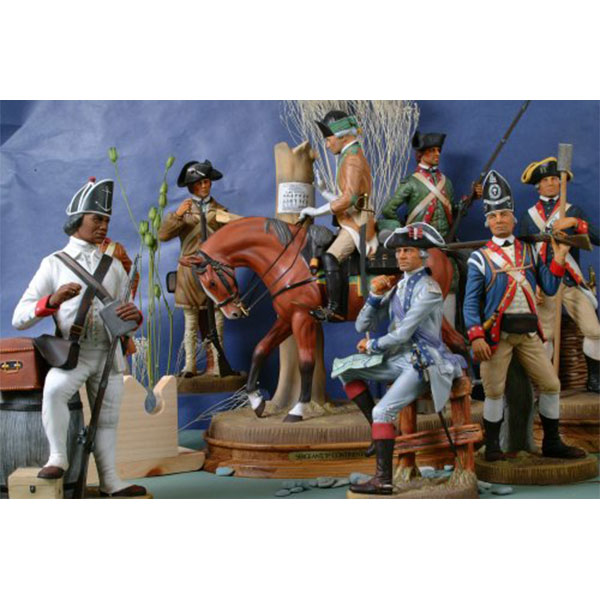
Soldiers of the Revolution Display

Soldiers of the Revolution Display
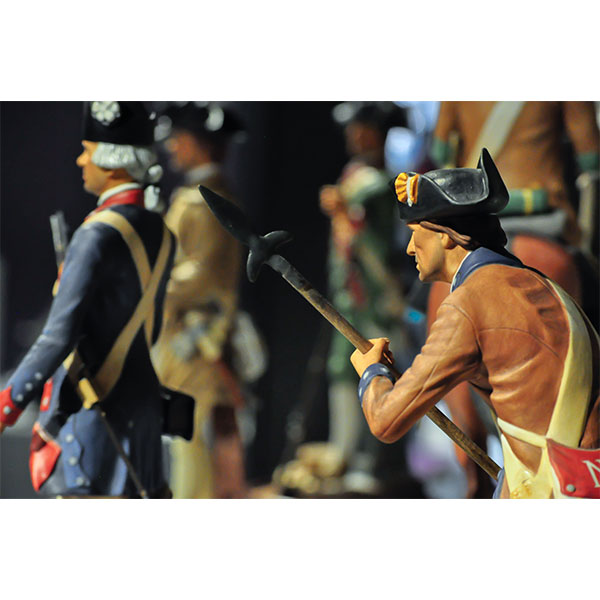
Royal Doulton Soldiers of the Revolution
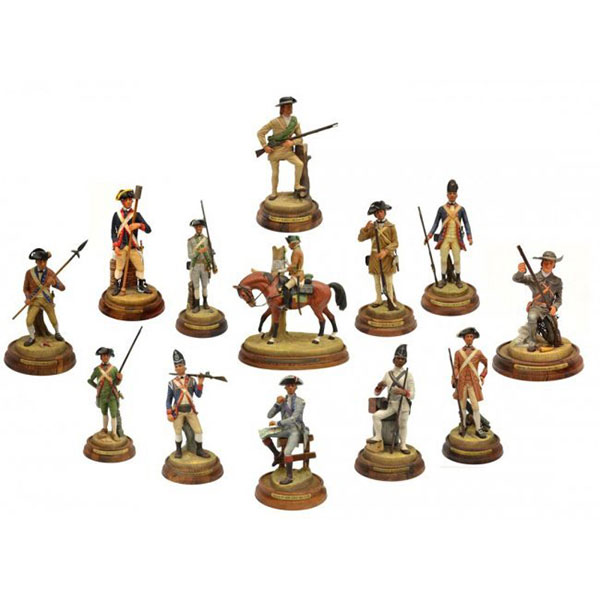
Soldiers of the Revolution Collection

Artist's Rendering Soldiers of the Revolution

Corporal New Hampshire

Private 3rd North Carolina
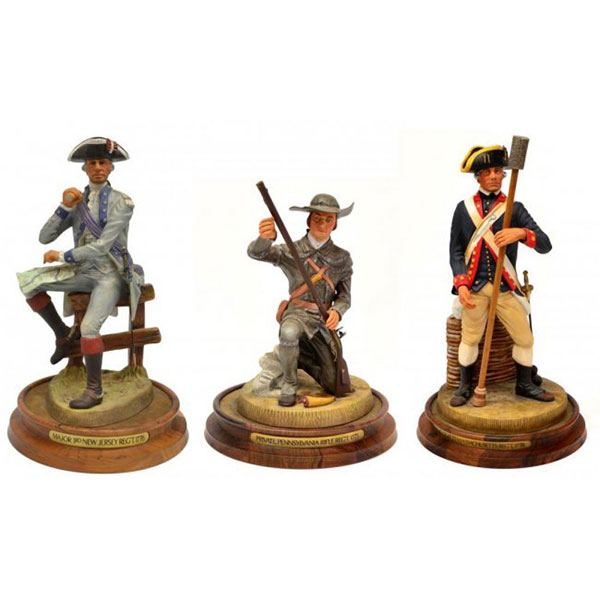
Major 3rd New Jersey Private Pennsylvania Private Massachusetts

Private 4th Connecticut Sketch

Sergeant 6th Maryland Private 2nd South Carolina Captain 2nd New York

American Spontoon

Brown Bess Flintlock Musket

Sergeant 6th Maryland Sketch
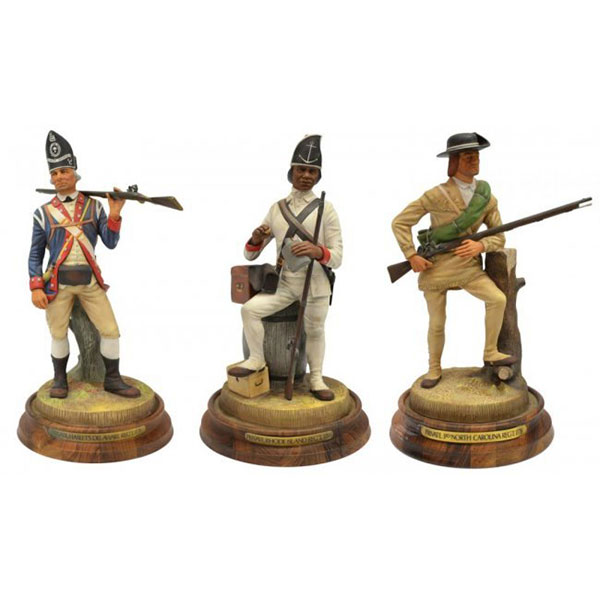
Private Delaware Private Rhode Island Private 3rd N. Carolina
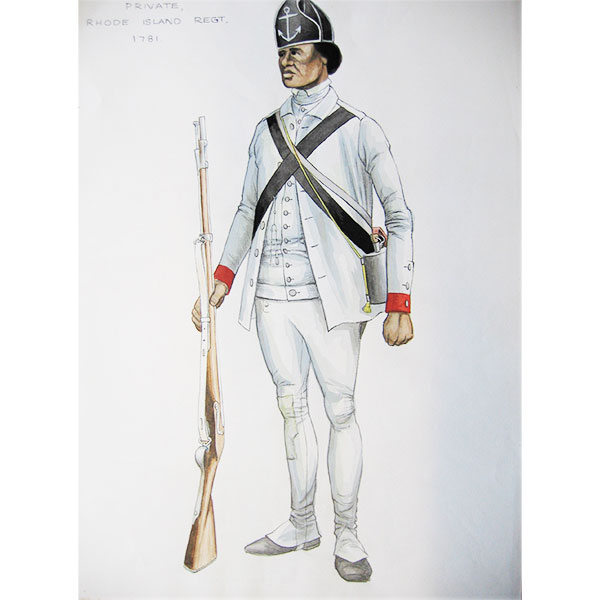
Private Rhode Island Sketch

Private Rhode Island
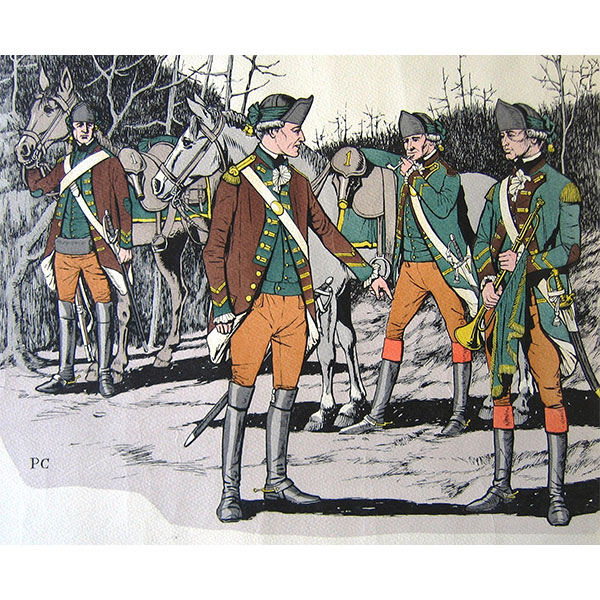
Continental Light Dragoons
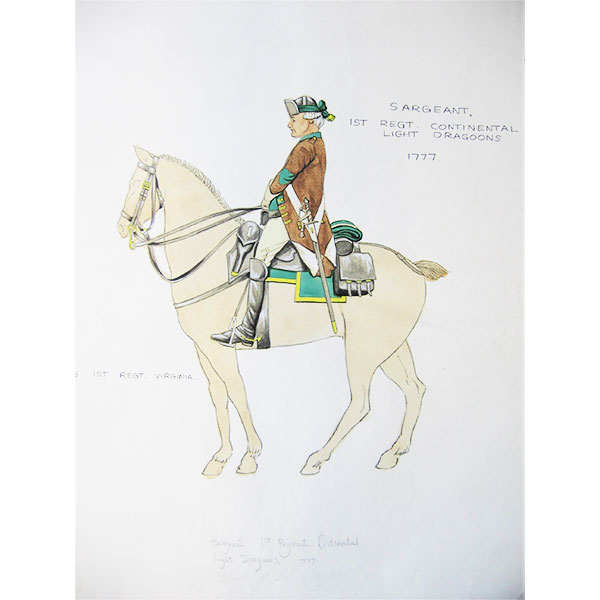
Sergeant Virginia 1st Continental Light Dragoons Sketch

Eric Griffiths modelling
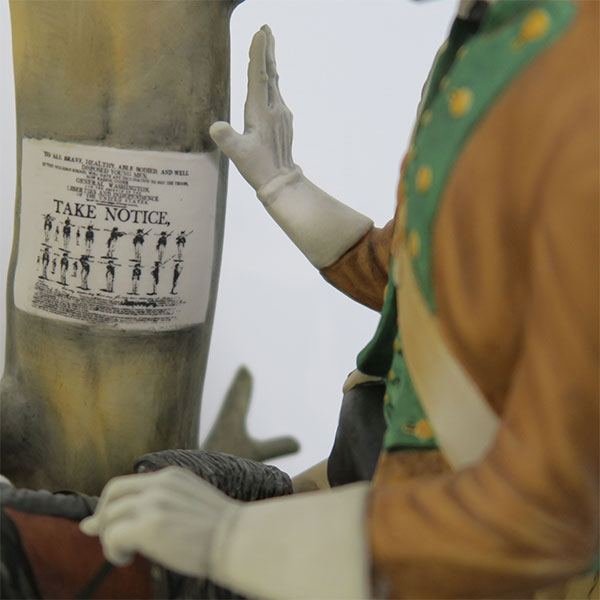
Recruiting Poster Revolutionary War

Jersey Map Revolutionary War

Sergeant Virginia 1st Continental Light Dragoons

Sergeant Virginia 1st Continental Light Dragoons

Royal Doulton George Washington at Prayer L. Ispanky

George Washington at Prayer Valley Forge
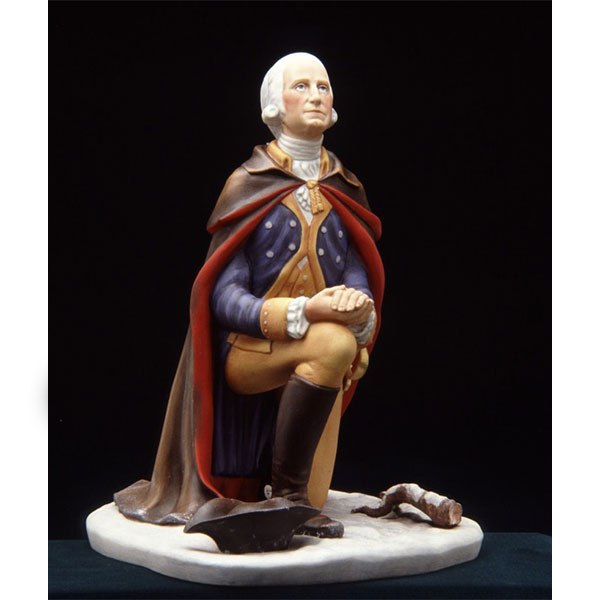
Royal Doulton George Washington at Prayer L. Ispanky

Royal Doulton King George III & George Washington
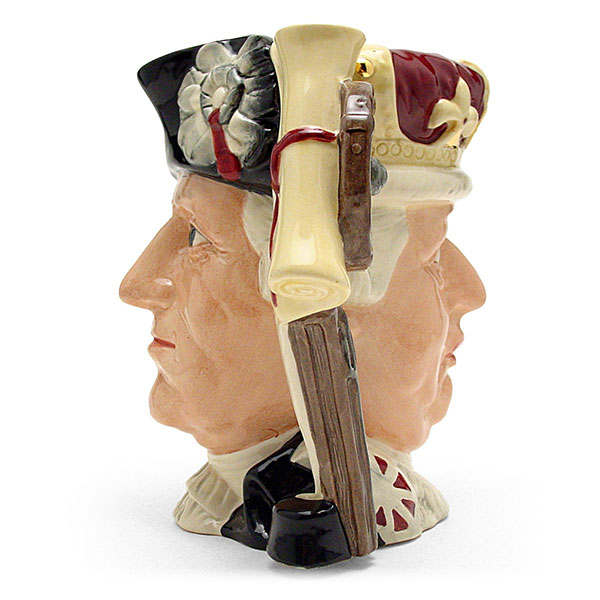
Royal Doulton King George III & George Washington

Royal Doulton George Washington Prototype Jug

Royal Doulton George Washington Prototype Jug
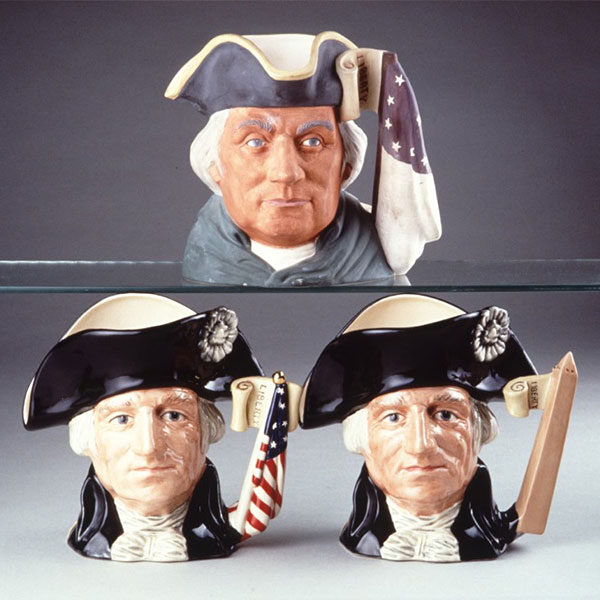
Royal Doulton George Washington Prototypes
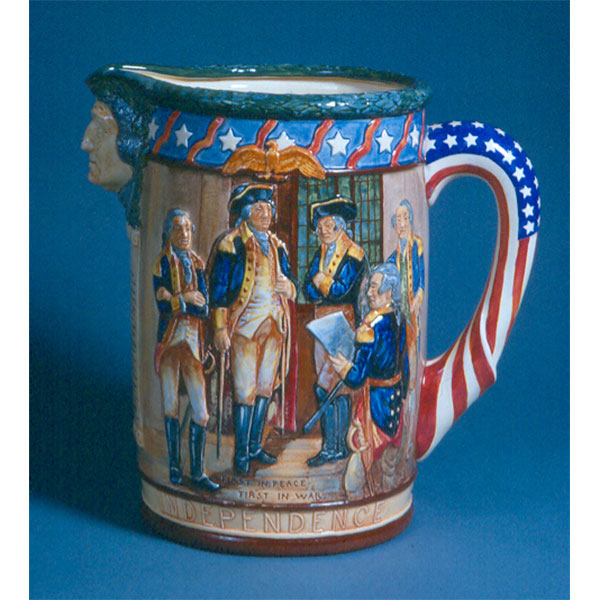
Royal Doulton George Washington Jug Front
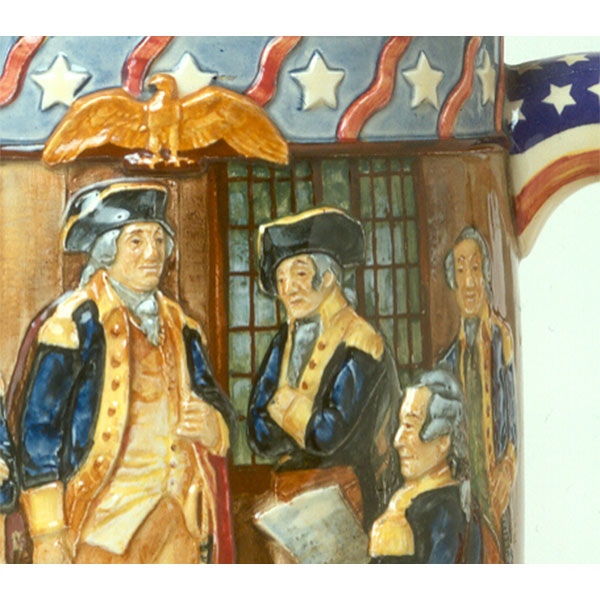
Royal Doulton George Washington Jug Detail
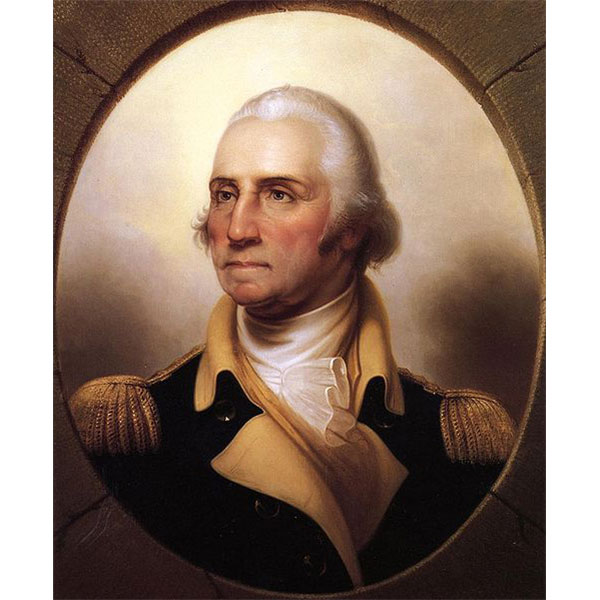
George Washington Portrait
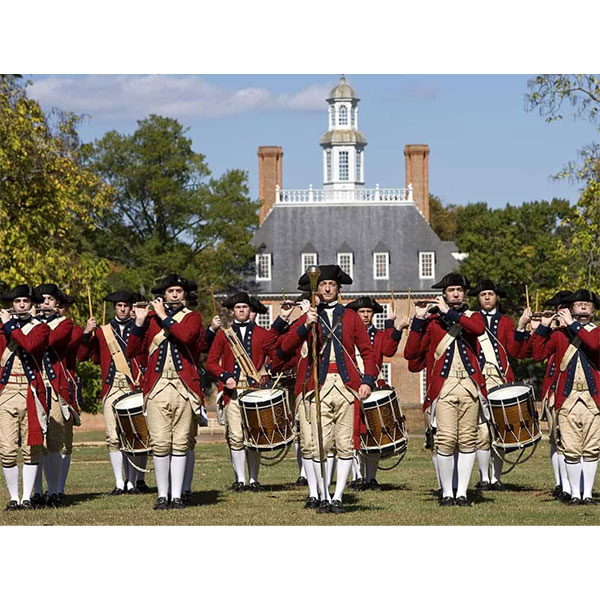
Colonial Williamsburg

Royal Doulton Williamsburg Character Jug Collection

Royal Doulton Williamsburg Figure Collection
